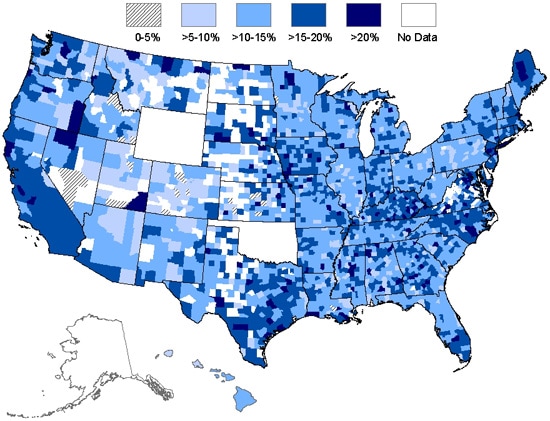For my topic of interest, I chose to study Cholera more
deeply. Cholera is the topic that I used for my brochure. I choose this topic
not only because I wanted to learn more about it, but because it was brought to
my attention in a movie that I recently watched called The Painted Veil. The movie was based on a book from the 1920s, and
has a great deal about Cholera in it as it shows an infectious disease doctor
who tries to fight a Cholera outbreak in Shanghai.
I learned that Cholera is an intestinal infection brought on
by eating contaminated food or drinking contaminated water. Most are
contaminated by feces of someone with the bacteria that causes Cholera (Vibrio cholerae). Some infected person
do not show symptoms at all, and others show severe symptoms such as profuse diarrhea
which can lead to extreme dehydration. In most cases, if treated in time,
Cholera can be treated with rehydration and replenishing of salts. There are
between 3-5 million cases per year of Cholera and 100,000-120,000 deaths from
Cholera each year.
Since 2010 Haiti has had an ongoing outbreak of Cholera. Port-au-Prince,
the capital of Haiti, has reported over 140,000 Cholera cases since the
beginning of the outbreak. The CDC recommends than anyone traveling to Haiti
get a prescription from their doctor in case they get diarrhea on their trip.
In addition 170 cases have been reported in Cuba for a current outbreak of
Cholera.
I was surprised to hear of the extreme outbreaks in Haiti
and the growing outbreaks in Cuba. I have always known about Cholera, but I
have never put much though into it because it is not heard of much in the U.S.
It definitely makes me grateful for the advances that we have in sanitation and
water preservation. I hope that we can use this knowledge to help other
countries avoid Cholera outbreaks.

